"I can’t tell you what changed this time -- it could have been the fact that I am now 24 and not a stubborn teenager, finding a mask that works for me, my recent concerns about my physical health, or all of the above." - Sam Jacobson My name is Sam Jacobson, and I live in northern Illinois. I am a 24-year-old somewhat recent graduate, trying to navigate the world while living with a neuromuscular condition called Nemaline Myopathy, a form of Congenital Myopathy (CM). I have relatively mild CM, so much so that some people aren’t sure that I have a disability. My health was pretty stable until age 13, when a growth spurt resulted in rapid-onset, severe scoliosis, a sideways curvature of the spine. Within a month or so of the diagnosis, I underwent spinal fusion surgery to correct my scoliosis. I grew three inches overnight! I now stand at a whopping 4 feet and 9 inches. The immediate aftermath of the operation was difficult, and I experienced a partial lung collapse (atelectasis) due to the impact of anesthesia on my weak lungs. The complications left me in the ICU for about one week, and alerted my team of specialists to address my respiratory weakness. Until somewhat recently, I desperately wanted to appear ‘normal’ and vehemently denied that I needed certain medical treatments (what I call internalized ableism). So, when my pulmonary specialist ordered a sleep study and told me I would probably need to start using a BiPAP machine when I was 14, I was horrified. I smiled and nodded along to what he was telling me, all while my stubborn 14-year-old brain knew I was not going to be wearing that huge mask to sleep. How would I explain this to my middle school peers? How would I attend sleepovers? Would I have to bring it with me everywhere? I brought the thing home and looked at it with disgust. It didn’t work for me. I swore I tried to make it work, but every night the mask would leak and pockets of air would hit me in the eye, or would make hissing noises that prevented me from falling asleep. And, of course, I used this as an excuse to deem the thing “impossible.” Instead of going back to my physician, trying a new mask, different pressures, or anything, I threw it in my closet and closed the doors. I was done with it. The answers to how long I’ve needed assisted ventilation and how long I’ve actually used it are quite different. As stated, it took me several tries to make it work. There are about 10 years between my first try and now. Since getting a new bi-level breathing machine and mask just last October, I’ve not gone a night without it. I can’t tell you what changed this time -- it could have been the fact that I am now 24 and not a stubborn teenager, finding a mask that works for me, my recent concerns about my physical health, or all of the above. I will not lie and say that using my BiPAP machine and keeping up with its maintenance are always my favorite things in the world. I used to be a big fan of the accidental nap, which is harder to do now that I have to set up my BiPAP and wear it every time I sleep. I groan when I pack up to spend the weekend at my boyfriend’s house when I remember that I have to pack a cumbersome machine, plus a container of distilled water, mask wipes, and any of its other accessories. However, since finding what worked for me, I experience fewer headaches, less daytime tiredness, and an overall increase in my quality of life. In 2019 I graduated with a Bachelor of Arts from a tiny school in Illinois called Knox College, where I majored in Philosophy. Right now, I am finding my way and considering the many paths in front of me. I am working from home full-time, considering moving to Milwaukee, WI with a few friends, and thinking about the potential of graduate school to further my education. Since addressing my respiratory concerns, I’ve felt a renewed sense of confidence in my ability to tackle these endeavors such as finding a fulfilling career path and living independently. As a journalist in college, I had the privilege of starting a campus-wide conversation about disability and the inaccessibility of our campus. I feel strongly about meeting and connecting with other disabled people, especially youth, who are struggling to accept themselves and their disabilities. I think it’s important for young disabled people to see others in the world who look like them, have similar experiences as them, and who understand the trials and tribulations that come with having a disability. I want to help disabled youth navigate the social aspects being disabled, such as how to date, how to recognize when someone is treating them negatively because of the disability, and how to find a career while disabled. Editor's Note:
Each individual who allows Breathe with MD, Inc. to publish their story on this page in 2021 will be entered into a drawing at the end of the year to win a $100 Amazon gift card! So, what is your story? Start the process of telling us at https://breathewithmd.org/storyform.html or send an email to [email protected]. "It definitely took some time to get adjusted to having it, but it was the right and safest choice for me." - Lena Jackson My name is Lena Jackson, and I live in Virginia. I am a wife of 13 years and mother of two creative children, (a 19 year-old daughter and a 12 year-old son). I am living with Limb Girdle Muscular Dystrophy (LGMD), subtype 2J (Titinopathy). It was a late onset disease for me. My neuromuscular journey began in 2006, and my life has changed dramatically and slowly since then. I first noticed weakness in my legs, then my arms. I had my fair share of trips and stumbles which then turned into falls. My breathing and my heart have also been affected by the condition. I was first diagnosed with sleep apnea after having a sleep study, and I was always tired during the daytime. The more pulmonary function tests I took, the worse my numbers got. After I had my son, my second child, I used my bibap more during the day as needed. Losing the ability to walk was so frustrating as I really didn't like getting pushed around in a wheelchair. I didn't like relying on others to get around. Once I realized how hard my heart was pumping and how low my Oxygen dropped each time I walked, it made more sense to use my wheelchair. When I received my power wheelchair, my life changed tremendously. I gained such a sense of independence and freedom. I love being able to move myself and feel the breeze on my face. When I was prescribed the Trilogy ventilator, I was set up with a “sip/puff exercise mode” (Mouthpiece/MPV mode), and a second prescription was enabled in bipap mode. In 2016, I chose to get a tracheostomy to prevent an emergency situation, if I became ill in the future. It was a decision that was not made lightly. I understood my cough was so weak that I was no longer able to clear my throat. My Carbon Dioxide levels were consistently in the seventies. In 2019, I was admitted to the hospital with a mucus plug I couldn't clear even with suction and had swollen legs and feet. After almost two months in the hospital, I was ready to go home to my family. After being discharged from my longest hospital stay in 2020, I decided I wanted to do more! Through determination and Zoom meetings, I have become an advocate for my health, my community, and my family. I was so weak, but with my faith and determination, I began exercising. I also decided to get involved with anything that interested me. I will celebrate my five-year trach anniversary in July 2021. It definitely took some time to get adjusted to having it, but it was the right and safest choice for me. Today, my Carbon Dioxide levels are in the mid-thirties, and I no longer have the fear of choking. I can participate more with my family and enjoy life more fully.
I love dancing in my power wheelchair and taking st"rolls" around the apartment complex. I joined the My Peak Challenge program which encourages me to eat healthier and keep moving. I also enjoy painting with watercolors and attending weekly art classes with Society X. I love learning, meeting new people, and attending Zoom meetings about topics I feel passionate about. I volunteered to text voters during the last presidential election, and I constantly share on social media to promote social change. One of my biggest achievements during the past year is becoming involved in the Northeast Chesterfield Community social group. I help research topics and contact potential speakers for our bi-weekly meetings. I encourage others with NMD to do your research, join Facebook groups related to your specific condition, and ask tons of questions. It can be frightening at first, especially if you don't know what to expect. We are a community of problem solvers and are up for a challenge! So many are reflecting on where they are "one year later" after the one year anniversary of the start of the COVID-19 pandemic. We know everyone has had a different experience, and it was not an easy year for anyone. Some of our Breathe with MD community members shared their own positive reflections.
Feel free to comment and share your own "one year later" reflection.
"It might be difficult at first – all things new and different are. The newfound energy and zest for life that you will get will be worth it." My name is Rebecca Evans, I am 23-years-old and I live in Perth, Western Australia. I was born with a rare neuromuscular condition called Nemaline Myopathy (NM). For me, my disability results in globalised skeletal muscle weakness, but particularly affects my face, neck and proximal muscles – including those of the respiratory system. My hypotonia was evident from birth but was often blamed on other factors. My weak suck was attributed to being born six weeks premature, and my parents were once told my lack of independent movement was due to being a twin – “they don’t need to move!” Two (often) tell-tale signs of NM are having an elongated face and high roof to the mouth. However, two and two weren’t put together, resulting in a delayed diagnosis. It wasn’t until an experienced neurologist saw me at 18 months that I was given a provisional diagnosis of NM. This was later confirmed through muscle biopsy at three years of age and identified as the NEB form of NM through genetic testing at age 16. Due to this delayed diagnosis, I did not have a sleep study until I was three. This was when it was discovered that during sleep, my carbon dioxide levels rose to dangerously high levels. It was here that I was placed on a non-invasive ventilator, or Bi-PAP, overnight. I will always remember many years later, my mum recounting that before being placed on Bi-PAP my twin and I were very placid, easy kids. As a baby I would sleep through the night (likely because I was going into respiratory failure every night). Now that we had energy, we suddenly started having instances of fighting and causing trouble. Mum (sarcastically) wanted those ventilators taken back! Over time my lung function has decreased, and this has resulted in increased use of ventilation. Although NM is not said to be a condition which cause muscle deterioration, growth is typically correlated with an inability for the muscles to keep up, resulting in reduced strength. This, combined with my severe scoliosis and (as you will read below) my increasingly active lifestyle, likely contributed to my increasing dependence. I now use a Bi-PAP (or VPAP, as commonly referred to in Australia) almost 24/7 through a nasal pillows mask during the day and a nasal mask at night. So, how about this active lifestyle that I referenced above? I am currently studying for a Bachelor of Psychology (Honours) through Curtin University and am due to graduate at the end of this year (2021). This year I’ll be undertaking my honours dissertation through the Telethon Kids Institute where I’ll be investigating the preferences towards identify-first (e.g., disabled person) versus person-first (e.g., person with a disability) language. I hope to use my studies to help people with disabilities, so am very ecstatic to have this topic as my research project! Outside of study, I also volunteer as the Managing Director and Executive Chair for the Youth Disability Advocacy Network (or YDAN for short). YDAN is the leading advocacy organisation and the peak representative body in Western Australia for young people with disabilities. We are an organisation run by and for disabled young people. I thoroughly enjoy advocating for the rights and inclusion of people with disabilities. I have taken a particular interest in advocating for increased access for wheelchair users at concerts. We deserve to have the same access to fun and engagement as everyone else! This passion has seen me secure amazing seats for artists like Katy Perry and Taylor Swift. Unfortunately, this has been put on hold due to COVID preventing international acts from touring, but I hope to be back to advocating for access and attending concerts very soon! My biggest passion in life is powerchair football. For those who don’t know, powerchair football is (in a nutshell) soccer for athletes who use power wheelchairs. Having started playing in mid-2017, I soon found something that gave me an avenue for my competitive spirit, which I was able to compete in independently, and where I was able to meet people who I would now call some of my closest friends. Now some three and half years on, powerchair football has provided me with so many amazing opportunities. I’ve had the opportunity to meet athletes from across Australia (many who also have a neuromuscular condition), connected online with athletes from around the world, competed in national tournaments, and even competed for Australia as the Vice-Captain of the U21 team. With the Powerchair Football World Cup coming up in 2022, I’ve also been selected to try out for the open Australian team. To play for Australia at a World Cup would be a dream come true – so watch this space! Outside of all that, I also recently secured two paid casual jobs. The first as a Lived Experience Associate for the Housing Hub, where I use my lived experience of disability and finding accessible housing to contribute to their work, events, and projects. The second as a Youth Consultant with the Youth Affairs Council of Western Australia, assisting organisations with youth-related projects such as strategies and peer-led work.
Phew, exhausted yet? I can honestly say, everything that I do would not be possible if I did not use my BiPAP as much as I do. During high school, I did not use my BiPAP for most of the day. Particularly towards the later years, this would leave me exhausted with a migraine-type headache and no energy to do anything but complete my high school studies. Using ventilation is the reason I can lead such an active and fulfilling life. Instead of expending energy on purely just breathing, my energy can be spent on other things that are more fun and important! I am fortunate that I started on ventilation early, so I do not remember the adjustment period that followed. It’s just something that has always been a part of my life in some form or another. To those reading this who have just started on their ventilation journey, I’d highly recommend persisting. It might be difficult at first – all things new and different are. The newfound energy and zest for life that you will get will be worth it. The medical professionals often tell us that using ventilation (particularly when that transfers to also using ventilation during the day) is all doom and gloom. It’s too hard, too complicated, not healthy. However, that is absolutely not the case. As I hope I have demonstrated to you with this blog post, ventilation absolutely leads people to live healthier, happier, and fuller lives! If you want to connect with me or follow my journey, please find me on social media! Facebook: https://www.facebook.com/bec.l.evans Instagram: https://www.instagram.com/bec_l_evans/ My name is Rebecca Parten, and I live in Southeast Michigan. I am 31 years old and have Escobar Syndrome, a condition that falls under MDA’s category of Congenital Myasthenic Syndrome (CMS). It occurs when part of the neuromuscular junction’s receptor becomes damaged and does not allow enough of the “messages” or acetylcholine to get through. All of my joints and muscles and my hearing, vision and breathing are affected. I am unable to straighten out my fingers, elbows, hips, knees etc., due to contractures. I have severe scoliosis which has resulted in the need for noninvasive assisted ventilation since I was about 8 years old. I started using BiPap and switched to the Trilogy ventilator when I was about 18. I use my Trilogy at night and have recently started using it during the daytime, if I need a boost. This is usually in the form of a nap, but I have used my mask while working on my laptop. In terms of my other medical conditions, I deal with chronic pain and Adrenal Insufficiency (AI). These two go hand-in-hand because being on my pain medications has affected my adrenal glands’ ability to function. Long story short, AI causes me to struggle with things like fatigue, temperature regulation, respiratory rate and sometimes cognitive issues. I am able to walk short distances but get out of breath really quickly. I use my power chair in the house and in the community. Growing up I was mainstreamed in my local public school system. I then went to The University of Michigan-Dearborn where I received a Bachelor of Arts in Communications. While at UM Dearborn I was in the Honors program and started/led a student organization dedicated to disability awareness. UM Dearborn is a “commuter school,” so I lived at home with my parents and sister who was in high school at the time. Once I graduated with my B.A., I pursued a Master of Social Work degree from The University of Michigan-Ann Arbor. This was a big endeavor, because in addition to the graduate level classes and a field placement, I chose to live on campus! I wanted that experience of living away from home. It was definitely a complicated process to get all my accommodations set up, but we got it done! The biggest things I was concerned about were overnight care and getting around campus. I had (and still have) Medicaid which paid for my care. All of my care hours went to overnight care/monitoring. Basically, my staff would come to the dorm around 10:30 p.m. to help me shower and get ready for bed. Then while I slept, they would sometimes do my laundry, straighten up my room/bathroom. I had a TV and couch in my room so they were comfortable. I felt safer knowing they were there, because occasionally the fire alarm would go off in the middle of the night, and if I was alone, I wouldn’t have been able to get my ventilation mask back on to go back to sleep. In the morning my staff would get me up, help me get dressed and make a lunch if needed. Then I was on my own! UM has a paratransit service so I always had a ride to get to my classes. I worked with the dining hall to let them know when I would typically come to eat, so the student workers knew to keep an eye out for me. They would help me get my food and carry it to a table. Overall there were some hiccups, but it was a good experience and a taste of independence. After graduating with my M.S.W. I moved back home. It took about a year, but I landed a job working for a researcher within Michigan Medicine’s Physical Medicine and Rehabilitation department. I’ve been working with her for 6 years now. Her primary focus area is women’s health issues for women with physical disabilities. My role has evolved over the years, and I’m currently working about 20 hours per week (100% remotely). I am responsible for creating an overall study communications strategy and overseeing the different aspects of this effort. For example: managing our website, social media presence, e-mail newsletter and tracking recruitment numbers. The last few years have been tricky as I’ve had to have some difficult conversations with my supervisor as my ability to do certain tasks has changed. My supervisor has been very accommodating; I know I’m very fortunate. The struggles have been more due to realizing/accepting that I needed help or couldn’t do something. It’s interesting because while some of those struggles were physical tasks, the majority of my difficulties have to do with my chronic pain, fatigue and brain fog/cognitive issues as a result of the AI. Since these are fluctuating issues, it’s sometimes hard to maintain a consistent level of productivity. This obviously affects what I’m able to do for work, and I’m learning what kinds of tasks are better for my current abilities. It’s overwhelming at times, but I enjoy it. If you’re interested in learning more about our research and/or participating in a study, you can find us on:
Editor's Note: Each individual who allows Breathe with MD, Inc. to publish their story on this page in 2021 will be entered into a drawing at the end of the year to win a $100 Amazon gift card! So, what is your story? Start the process of telling us at https://breathewithmd.org/storyform.html or send an email to [email protected]. |
AboutLiving Ventilated celebrates those in the NMD community who use assisted ventilation. Archives
August 2024
Categories |
Breathe with MD, Inc. is a U.S. registered 501(c)(3) nonprofit organization. Donations are tax deductible to the extent allowable by law.
Note: This website should not be used as a substitute for medical care. For medical care or advice, please seek the care of a clinician who specializes in the breathing issues of those with Neuromuscular Disease (NMD).
Web Hosting by Hostgator
Note: This website should not be used as a substitute for medical care. For medical care or advice, please seek the care of a clinician who specializes in the breathing issues of those with Neuromuscular Disease (NMD).
Web Hosting by Hostgator
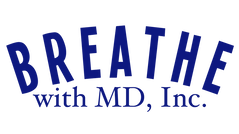
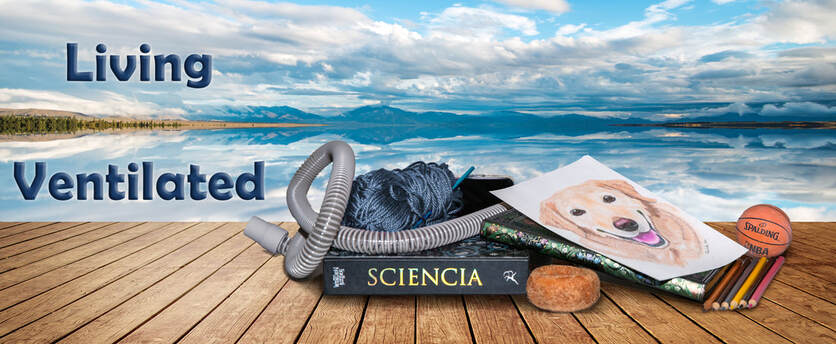
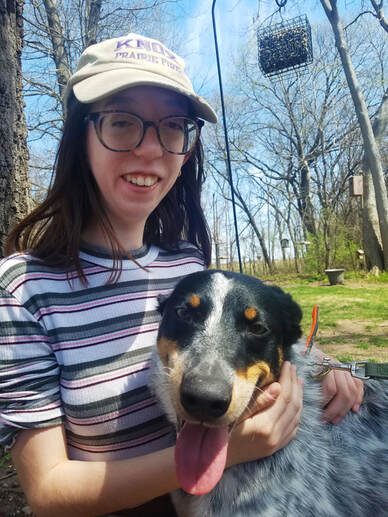
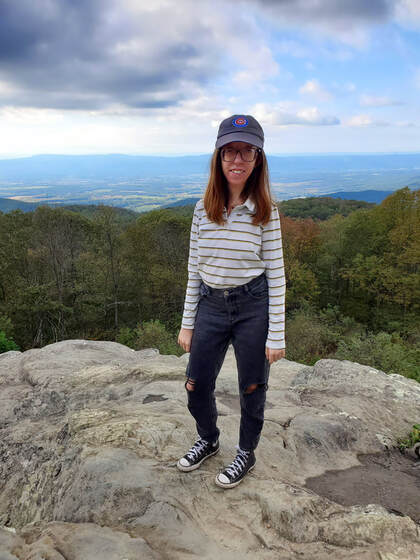
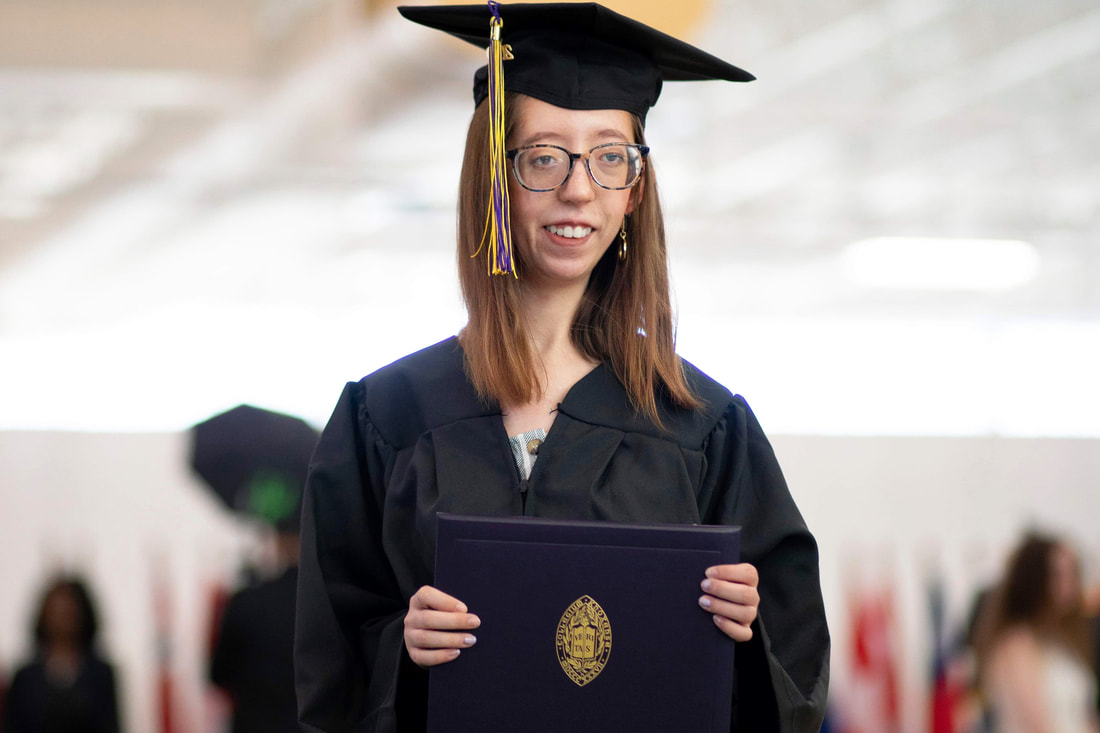
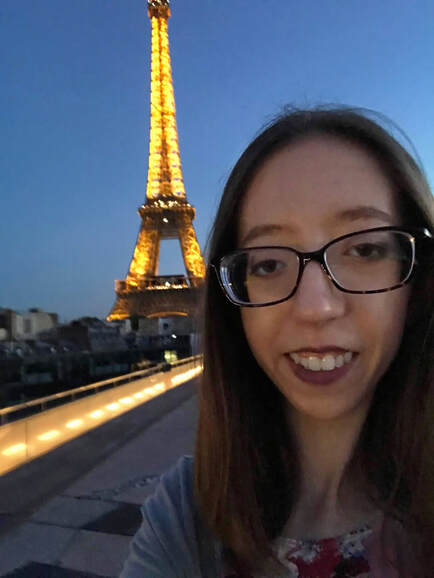
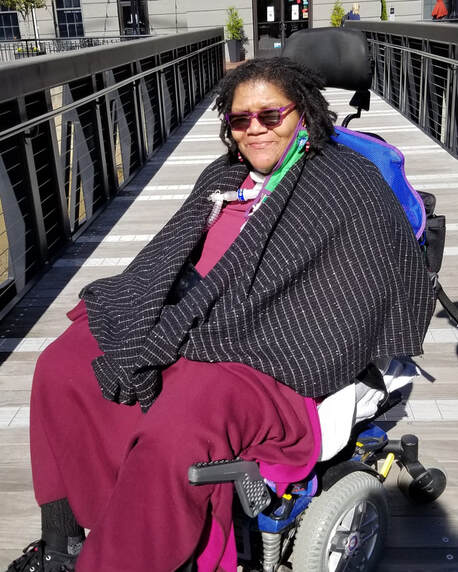
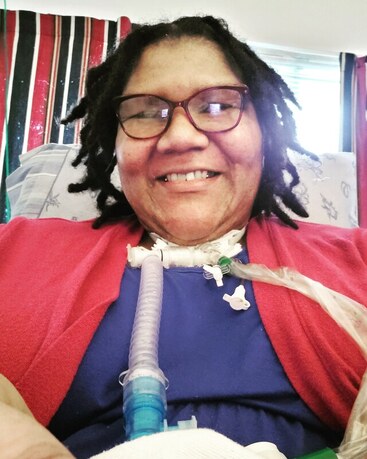
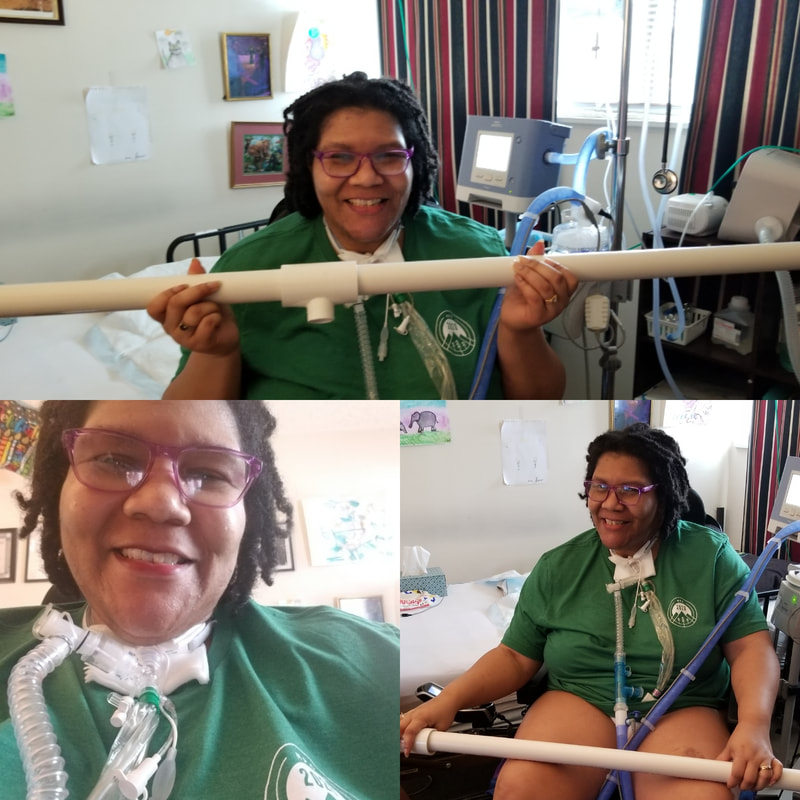
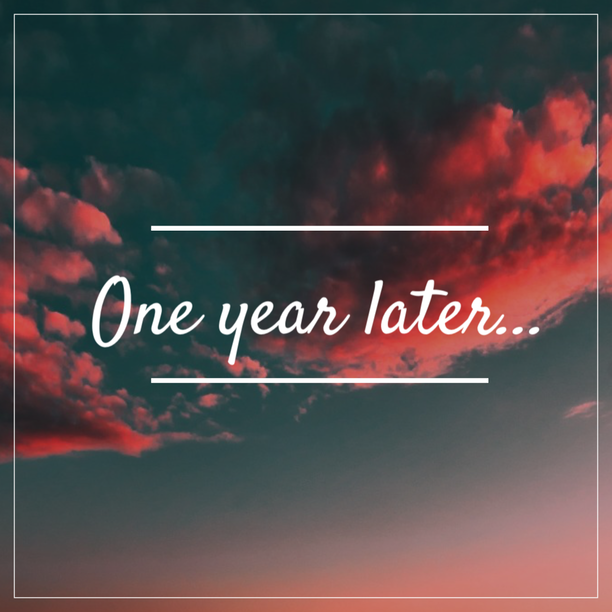
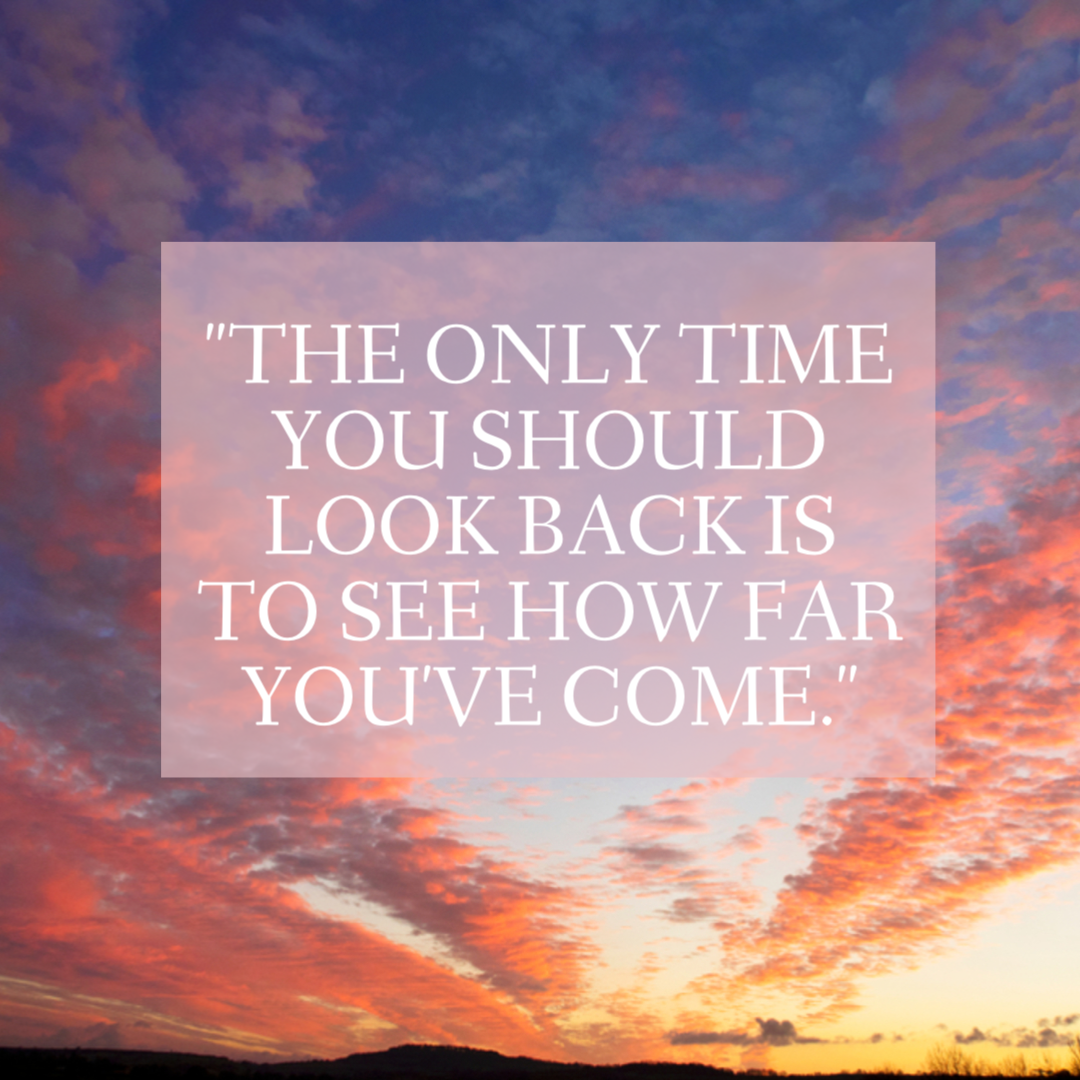
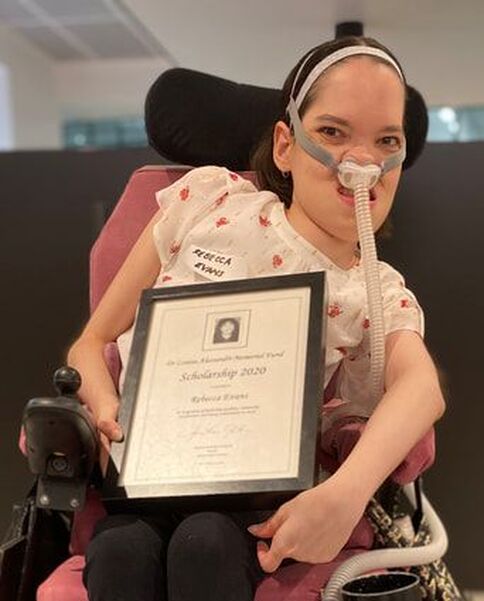
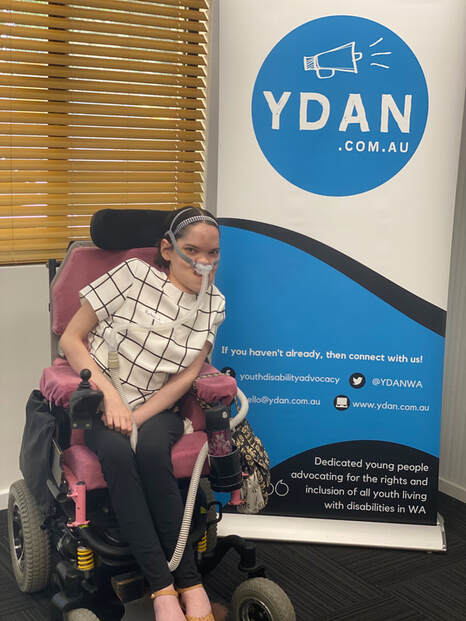
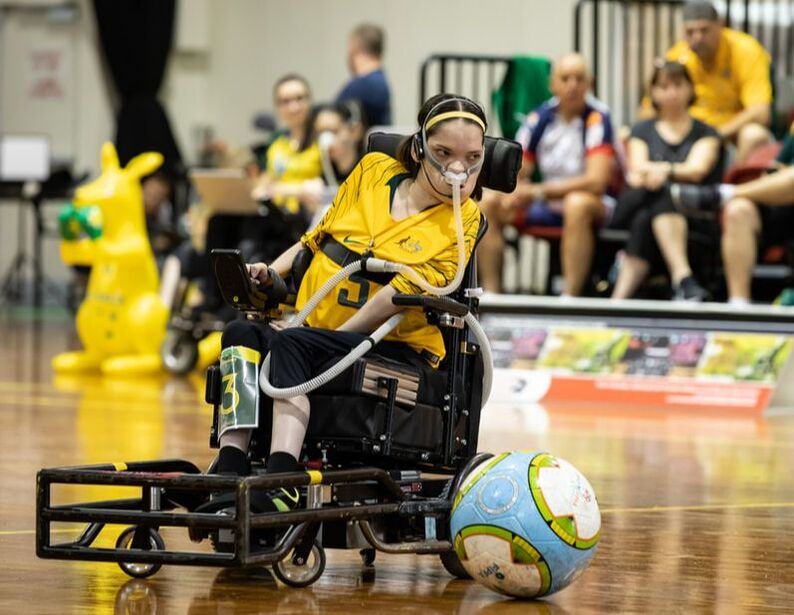
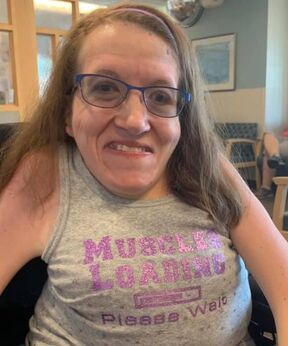
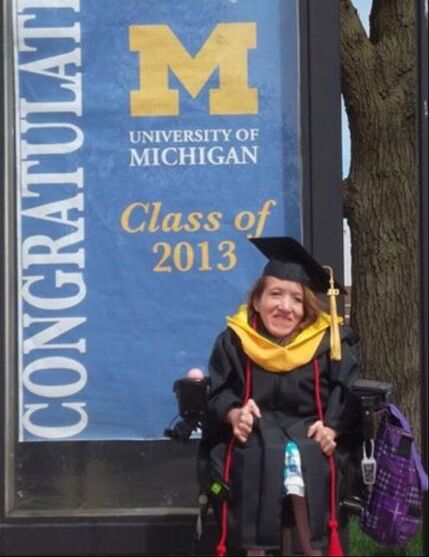
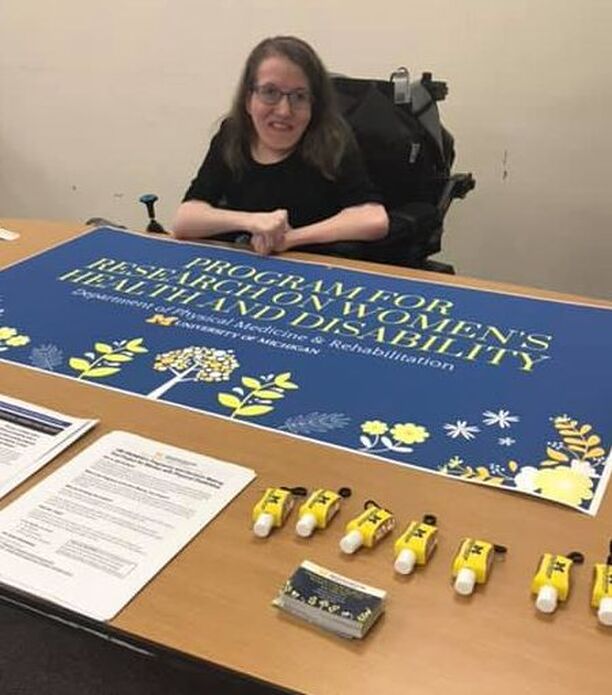
 RSS Feed
RSS Feed